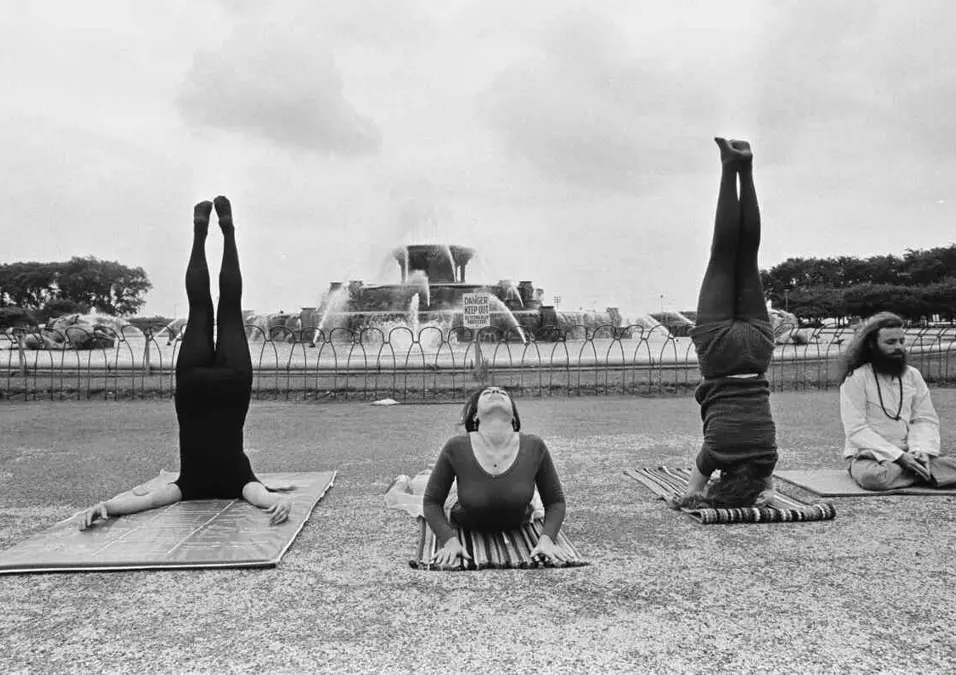1970s Fitness Revolution

SIGN UP FOR YOUR FREE DAY PASS TODAY!
The fitness industry in the U.S. is booming. According to recent data from the Health and Fitness Association, Americans now spend approximately $22 billion annually on gym memberships, group fitness classes, and various forms of exercise.
However, it wasn’t too long ago that working out was viewed as unconventional.
This transformation in perception started back in the 1970s, a decade journalist Danielle Friedman describes as the one that revolutionized fitness forever.
Friedman, who recently wrote about this topic for The New York Times, explains how these changes occurred.
Danielle Friedman: Prior to 1972, opportunities for women in sports and fitness were quite limited. That began to shift with developments like the introduction of exercise science.
A few years earlier, a former Air Force doctor had popularized the concept of aerobic exercise—what we now refer to as cardio.
His bestselling book argued for the benefits of regularly challenging the heart and lungs through exercise.
During the 1970s, there was also a societal trend toward self-improvement.
The writer Tom Wolfe coined the term "Me Decade" to describe this period, as baby boomers moved away from collective activism and began focusing more on personal growth.
HUANG: For your New York Times article, you highlight five key trends from the 1970s that shifted fitness into the mainstream.
One of these is jazzercise, which many people now associate with nostalgia or humor. Could you tell us more about jazzercise and why it was so impactful?
Friedman: Jazzercise is essentially jazz dance performed to music. It originated in 1969 but really gained momentum in the 1970s.
One fascinating statistic is that, by 1982, jazzercise was the second-fastest growing franchise in the U.S., right behind Domino's Pizza.
What made jazzercise special was its appeal to women who hadn’t been physically active in adulthood. It served as a “gateway workout,” introducing many women to the joys and benefits of exercise.
At the time, there were still misconceptions that vigorous workouts could harm women, for example, by causing their uterus to fall out. Jazzercise helped women overcome those fears.
On a practical level, jazzercise pioneered many elements now standard in group fitness classes.
It introduced in-class babysitting, so moms with young kids could attend. Its instructors were among the first to use headset microphones, and the company embraced franchising early, allowing instructors to build their own businesses.
It truly laid the foundation for the modern fitness industry.
HUANG: Looking at fitness today, it feels omnipresent.
For instance, more than 1 in 5 Americans are members of a gym or fitness studio.
Do you see a straight line from the 1970s to today's fitness culture? How do those early trends influence how we exercise now?
Friedman: The relationship Americans have with fitness, along with the types of workouts we engage in, has evolved over time as we’ve learned more about what benefits our health.
It's also been shaped by shifting trends and societal attitudes. For example, the 1980s gave us the mantra "no pain, no gain," with Jane Fonda’s home workout videos proclaiming “discipline is liberation.”
This era was defined by high-intensity workouts, which led to burnout and injuries by the late 1980s.
By the 1990s, there was a response to this intensity. Yoga, which had originated in the U.S. in the 1970s, became hugely popular as a gentler, restorative alternative.
The foundation for recognizing physical movement as essential to overall well-being, established in the ’70s, has continued to evolve alongside scientific understanding and cultural trends.
HUANG: Danielle Friedman, reporter and author of "Let's Get Physical: How Women Discovered Exercise and Reshaped the World," thank you for your insights.
Friedman: Thank you—it was a pleasure!
Source: npr
The opinions shared in the GymNation blog articles are solely those of the respective authors and may not represent the perspectives of GymNation or any member of the GymNation team.
GET YOUR FREE TRIAL TODAY




























































































